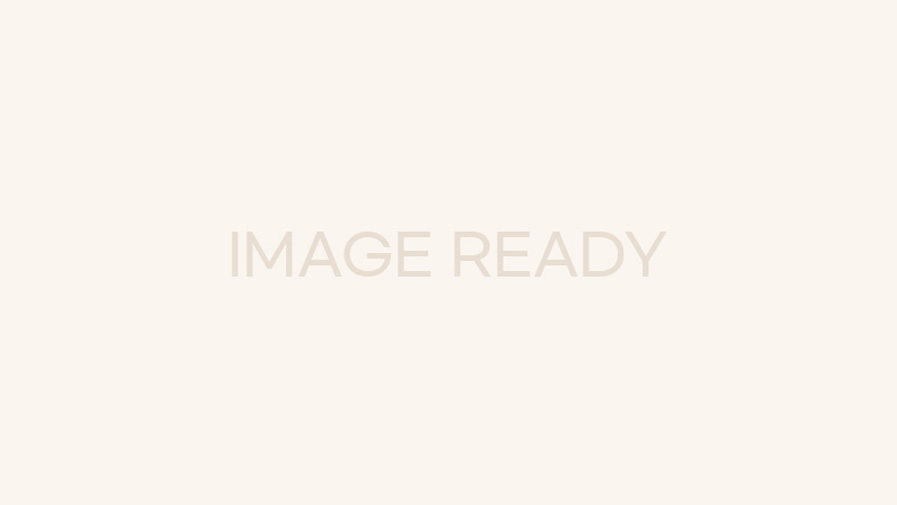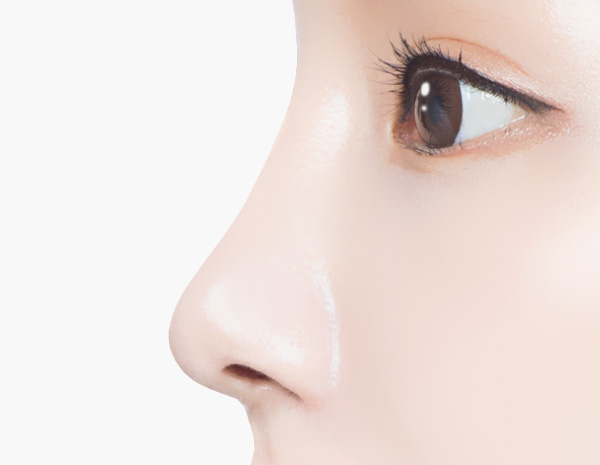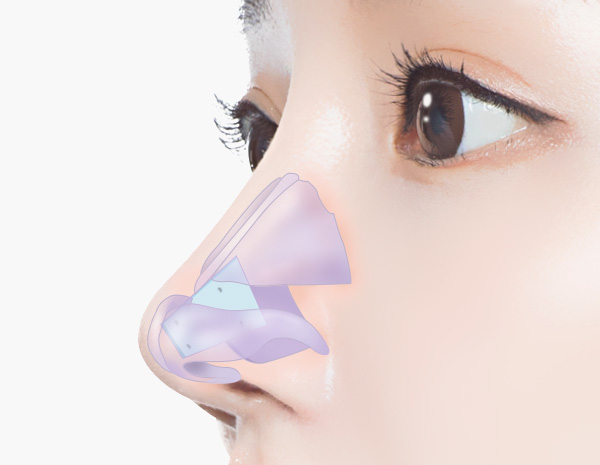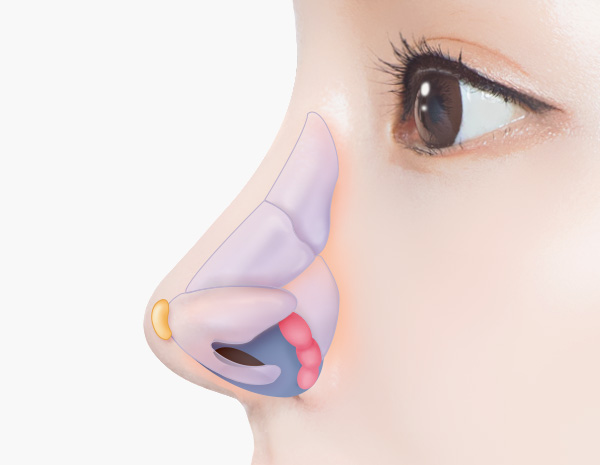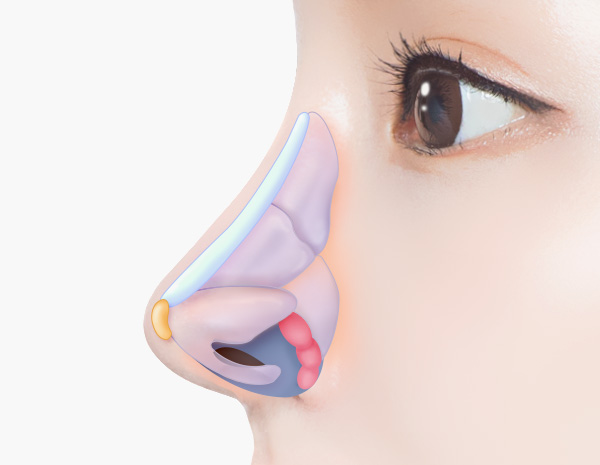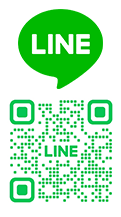Wanna Nose
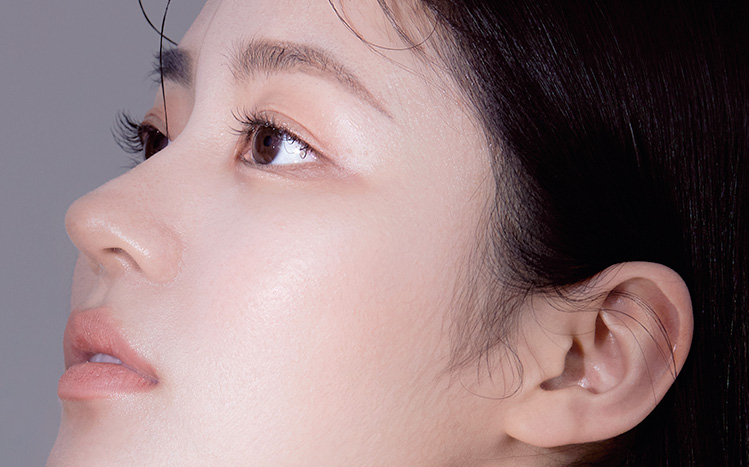
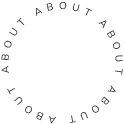
About
Non-Implant Rhinoplasty at Wanna Plastic Surgery
Complete your own beautiful nose line without implants
Non-implant rhinoplasty is a surgery that can create a natural and beautiful nose line using autologous tissue for people who are averse to artificial implants or who want a safe surgery.
Wanna Plastic Surgery’s non-implant rhinoplasty does not use artificial implants (silicone), but rather uses autologous tissues such as ear cartilage, septal cartilage, costal cartilage, and autologous dermis, so problems such as inflammation and thinning of the skin are less likely to occur. It is stable and creates a smooth nose line similar to when an implant is inserted.
Surgery Information
Surgery Time
2 hours
Anesthesia Method
Sleep
In-hospital Treatment
2-3 times
Stitch Removal
After 1, 2 weeks
Recovery Period
1 week
wanna’s special
What’s special about Wanna’s Non-Implant Rhinoplasty?
- 1
- Minimal foreign body sensation and side effects
Using autologous tissue, foreign body sensation and side effects are minimized.
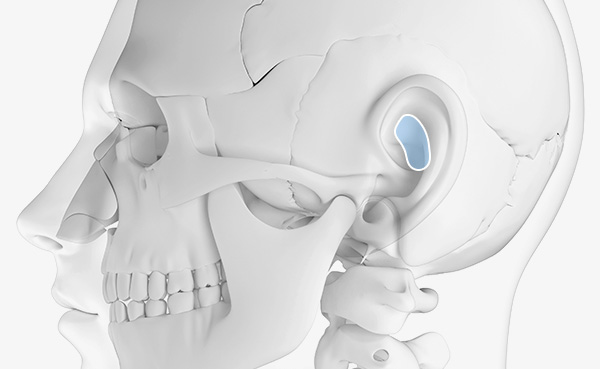
- 2
- Pursuing sophisticated and natural lines
Wanna Plastic Surgery pursues sophisticated and natural lines.
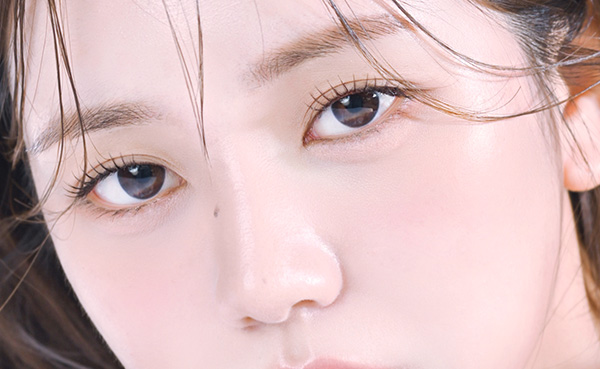
- 3
- Surgery that takes into account the movement and touch of the nose
Using Wanna’s unique know-how, surgery is performed taking into account the movement and touch of the nose.
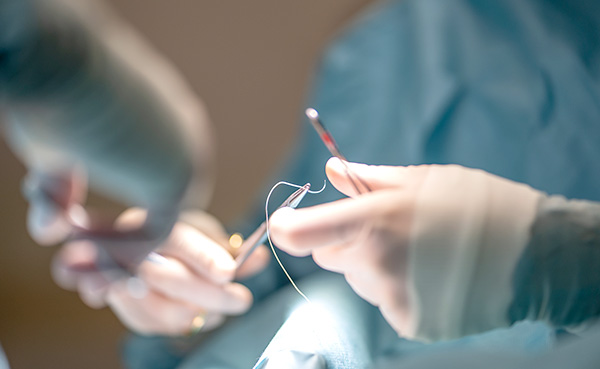
- 4
- Ideal and harmonious line design to suit each individual’s nose
Through detailed consultation, we create a nose shape that suits the patient’s desired image and consider a harmonious line for the face, taking into account each individual’s face shape and proportions.

- 5
- Thorough follow-up management
We aim for safe surgery by monitoring in real time during surgery, and provide continuous aftercare with the mindset of taking responsibility for the patient’s nose for the rest of their life.
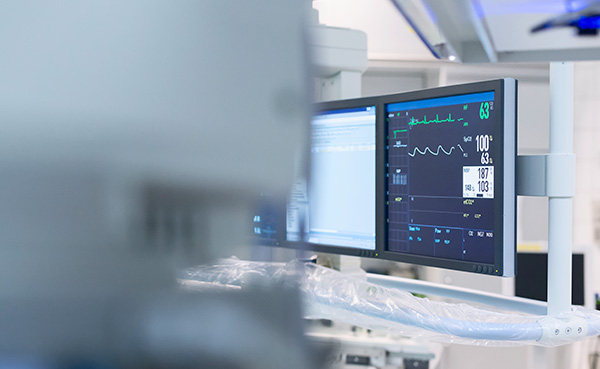
What is autologous organization?
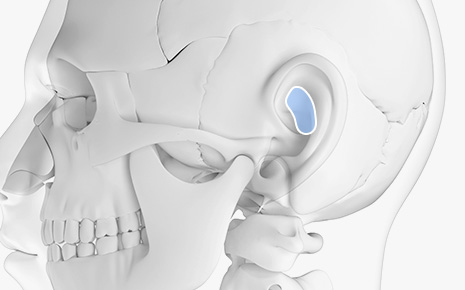
Ear Cartilage
The shape of the cartilage is similar to that of the nose, the incision scar at the harvest site is not noticeable, and there is no change in the shape of the ear.
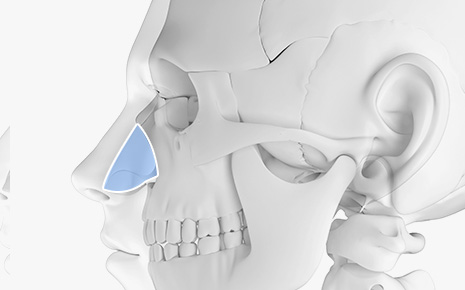
Septal Cartilage
It is located in the center of the nose and is useful for straightening the tip of the nose or adjusting its angle after sculpting. This is the most commonly used cartilage because it is harvested from the inside of the nose.
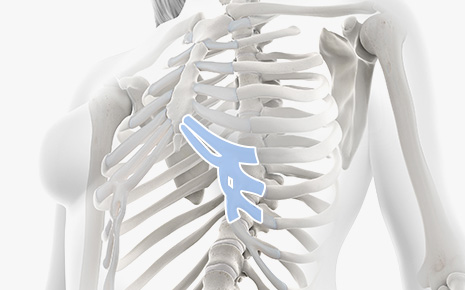
Costal Cartilage
It is used when other autologous cartilage is insufficient or when a large amount is needed during reoperation. It has strong support and durability and helps ensure functionality and aesthetics.
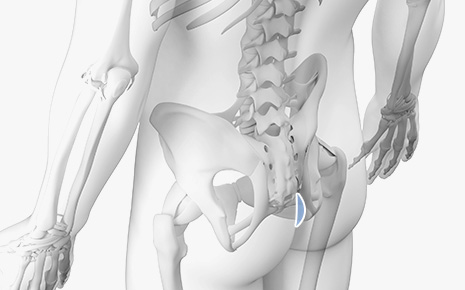
Autologous Dermis
It is used when the skin has become thin after nose surgery or there is resistance to implants. The dermis is behind the ears or buttocks.
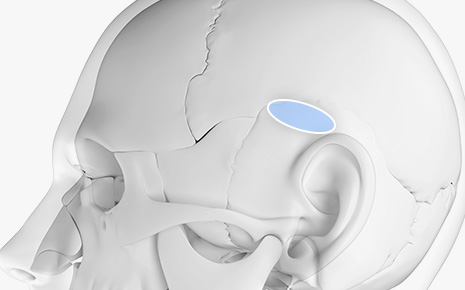
Temporalis Fascia
It is used to cover cases where the skin is thin and the implant is visible.
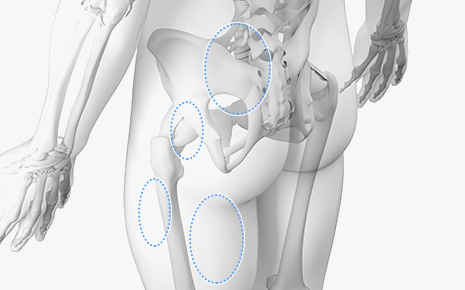
Own Fat
It is used in place of implants or to compensate for thinned skin.
Recommendation Target
Non-Implant Rhinoplasty is recommended for these people
| 01 | When the bridge of the nose is not originally low |
|---|---|
| 02 | If you want a natural nose line while correcting a hooked nose |
| 03 | When reoperation is required due to inflammation and contracture |
| 04 | If you are very worried about side effects |
| 05 | If you have aversion to artificial implants |
| 06 | Cases where it is difficult to use artificial implants |
Non-Implant Rhinoplasty Surgical Method
Effect
Create a natural and sophisticated nose using autologous tissue without implants!
- No worries about implant foreign body sensation or inflammation
- Completing a three-dimensional and sophisticated face
- No worries about side effects such as contractures
- Relatively quick recovery is possible
- Soft, sharp, natural nose tip

Post-Surgical Process
On the day of surgery
Bruising and swelling may develop gradually, and breathing through the mouth and falling asleep may be uncomfortable. Make sure you drink water often.
Day 1
As it’s most swollen, bruising and swelling may extend to the area around the eye.
Day 5-7
The swelling in your nose will begin to decrease and you will be able to breathe easier once the stitches and tape are removed. The autologous rib harvest site may feel painful when you apply pressure to the abdomen, but it is bearable and will disappear after about a month.
Week 2-3
About 60-70% of the swelling disappears, and the swelling at the tip of the nose goes away slowly.
2-3 months
Swelling disappears by more than 90%, and minor swelling gradually disappears, making the tip of the nose soft.
after Non-Implant Rhinoplasty
- To minimize swelling and bruising, we recommend applying cold compress for 3-4 days. It is recommended to proceed with 15-20 minutes of steaming followed by a 5-minute rest.
- You should sleep in an upright position with your head elevated for 7 days.
- There may be bruising, swelling, and pain for a few days after surgery. Depending on individual differences, it will disappear after about a week.
- Post-operative dressing, bandages, cotton, etc. should not be removed by oneself
- Accessories such as glasses and sunglasses can be wom after 4 weeks.
- Symptoms such as throbbing, pulling, tingling, and numbness may occur for about a month, but this is normal.
- If there is sudden pain, swelling or redness, please visit the hospital.
- Until the stitches are removed, water should not come into contact with the stitches area.
- Washing your face can be done in the afternoon on the day of stitch removal, and light makeup can be applied after stitches and tape are removed.
- A light walk helps reduce swelling and bruising, so we recommend taking a walk after removing the stitches and tape.
- Exercise, saunas, jimjilbang, drinking alcohol, and smoking should be avoided for one month.
Recommended with



